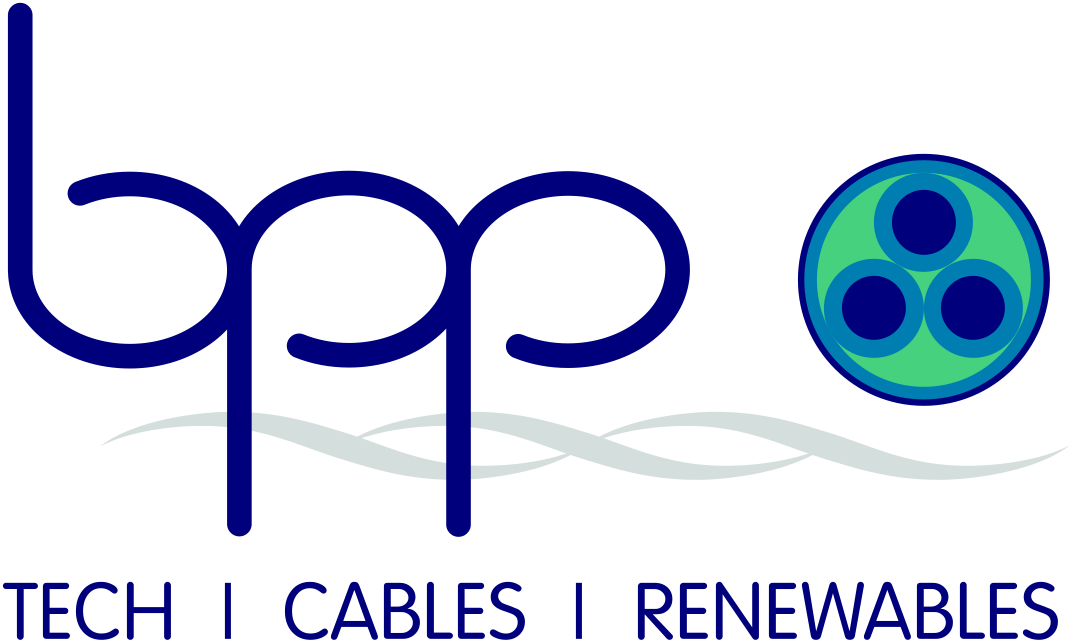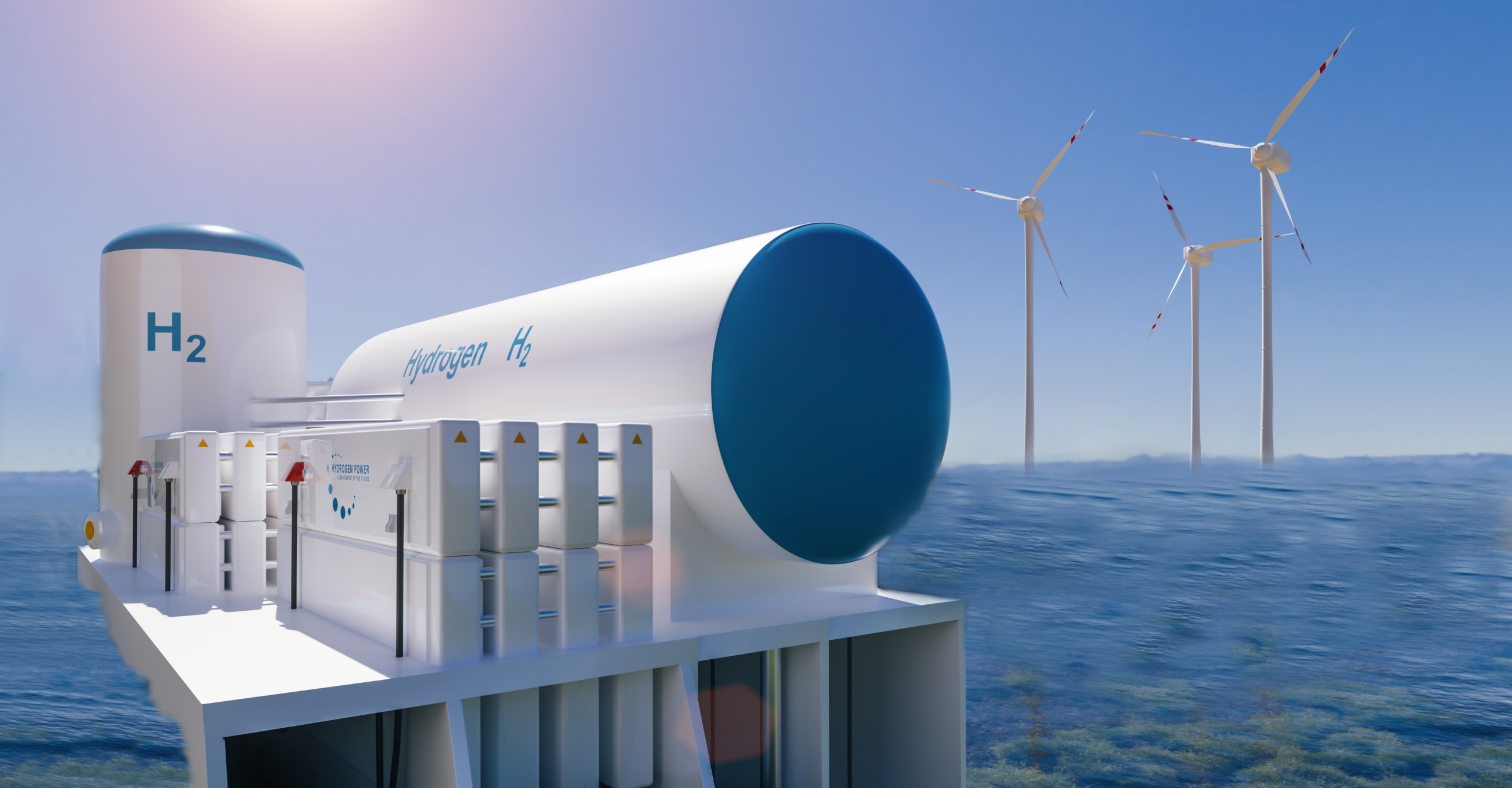Green H2 Energy Vector
Overview
H2 is a cost-efficient energy carrier. Its high energy density makes it an ideal fuel for vehicles, ships and industrial processes. H2 applications are expected to be commonplace by 2030 for residential and commercial sectors.
Using far-offshore wind power to generate GreenH2 has the potential of reducing global emissions to meet Net Zero targets by 2050. It is also expected to be a major driver for economic growth and job creation by 2030, as targeted by the UK government.
BPP conducted an industrial feasibility study of GreenH2 and freshwater production powered by floating wind turbines (FWTs).
A key feature of this solution is offshore H2 production facilities will not need high-cost subsea export cables.

Using FWFTs to power the production of GreenH2 using sea water as feedstock for the H2 electrolysers. Compressed H2 stored for transport and entering the supply chain.
Electrolysers need to be stabilised during low wind periods and will maximise the capture of wind energy. Useful by-products (O2 and freshwater) have established markets.
BPP Capability
BPP has a novel solution to produce GreenH2 offshore from FWTs. BPP, using its experience in the H2 and relationships with key technology providers will assess the techno-economic viability of GreenH2.
BPP Development
- Develop the system definition and integration tools needed for producing GreenH2 from FWFs using existing commercially available components (TRL8-9). This creates credible system designs and performance predictions to realise the production of GreenH2 from Floating Wind Farms (FWFs);
- Detail the benefits and challenges of producing GreenH2 offshore using existing technologies, including capital and operating costs, process risks, its cost- effectiveness, and how the solution could be scaled, against a counterfactual;
- Explore co-operation between the offshore energy and H2 sectors.
- Optimise layout and configuration of inter-array cables, FWFs and GreenH2 substations;
- Develop a scalable engineering design process.
Using energy from FWFs to generate GreenH2 offers a viable renewable energy store. This would enable balancing generation and demand to enhance the drive to achieving a Net Zero economy. This will boost the economic impact along the entire H2 supply chain, attracting investors and stimulating further innovations.



